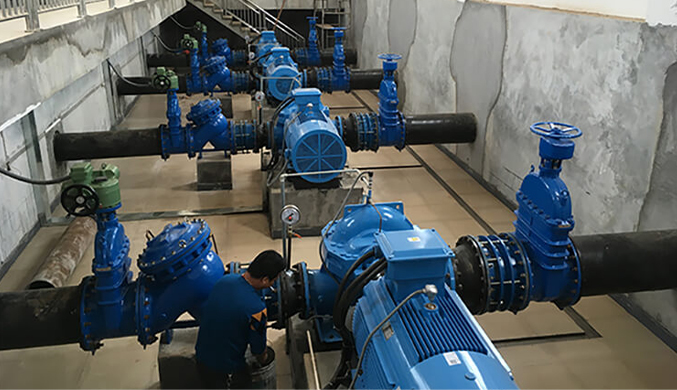Nepali
- Afrikaans
- Albanian
- Amharic
- Arabic
- Armenian
- Azerbaijani
- Basque
- Belarusian
- Bengali
- Bosnian
- Bulgarian
- Catalan
- Cebuano
- Corsican
- Croatian
- Czech
- Danish
- Dutch
- English
- Esperanto
- Estonian
- Finnish
- French
- Frisian
- Galician
- Georgian
- German
- Greek
- Gujarati
- Haitian Creole
- hausa
- hawaiian
- Hebrew
- Hindi
- Miao
- Hungarian
- Icelandic
- igbo
- Indonesian
- irish
- Italian
- Japanese
- Javanese
- Kannada
- kazakh
- Khmer
- Rwandese
- Korean
- Kurdish
- Kyrgyz
- Lao
- Latin
- Latvian
- Lithuanian
- Luxembourgish
- Macedonian
- Malgashi
- Malay
- Malayalam
- Maltese
- Maori
- Marathi
- Mongolian
- Myanmar
- Nepali
- Norwegian
- Norwegian
- Occitan
- Pashto
- Persian
- Polish
- Portuguese
- Punjabi
- Romanian
- Russian
- Samoan
- Scottish Gaelic
- Serbian
- Sesotho
- Shona
- Sindhi
- Sinhala
- Slovak
- Slovenian
- Somali
- Spanish
- Sundanese
- Swahili
- Swedish
- Tagalog
- Tajik
- Tamil
- Tatar
- Telugu
- Thai
- Turkish
- Turkmen
- Ukrainian
- Urdu
- Uighur
- Uzbek
- Vietnamese
- Welsh
- Bantu
- Yiddish
- Yoruba
- Zulu
Telephone: +86 13120555503
Email: frank@cypump.com
जुलाई . 29, 2024 04:16 Back to list
Creating Your Own Efficient Slurry Pump at Home for Various DIY Applications and Projects
The Versatility of Homemade Slurry Pumps
Creating a homemade slurry pump can be an incredibly rewarding project for those interested in engineering, DIY tasks, and innovative problem-solving. A slurry pump is designed to transport slurries, which are mixtures of solids and liquids. These pumps are crucial in various industries, including mining, construction, and agriculture, where they are used to handle waste, clear out tanks, or manage sediment. Building your own slurry pump can save money and provide a tailored solution to specific challenges.
Understanding Slurry Pumps
Slurry pumps are essential for moving viscous mixtures, often composed of water and suspended solids like sand, clay, or mineral ores. These pumps differ from standard water pumps because they must handle abrasive materials without failing due to corrosion or wear. Therefore, choosing the right materials and pump design is critical. Commonly, slurry pumps are constructed from tough metals or specially designed plastics to endure the wear and tear associated with transporting solid particles.
Components of a Homemade Slurry Pump
Building a slurry pump at home requires an understanding of several key components
1. Pump Housing The outer casing of the pump must be durable and resistant to wear. This can be made from thick plastic or metal. Ensure that the housing is large enough to accommodate the slurry flow without causing blockages.
2. Impeller The impeller is the heart of the pump, responsible for moving the liquid and solid mixture. A good design often involves a strong, balanced impeller that can withstand the abrasive materials in the slurry. Typically, a centrifugal impeller design is used, as it can efficiently move the slurry through the pump.
3. Motor A reliable motor must power the pump, providing enough force to move the slurry without straining the system. Depending on the size of your pump, you can use a small electric motor or a more powerful engine for larger applications.
homemade slurry pump

4. Discharge Pipe This is where the slurry exits the pump. It should be made of strong material capable of handling the abrasive nature of the slurry while minimizing the risk of blockages. The discharge diameter should match the system's requirements to ensure efficient flow.
5. Seals and Bearings To prevent leaks and ensure smooth operation, high-quality seals and bearings are essential components of your slurry pump. These should be resistant to wear and corrosion, particularly when dealing with watery mixtures.
Building Process
To build your homemade slurry pump, start by sketching out a design that incorporates the necessary components mentioned earlier. Measure and gather materials, ensuring they are suitable for the intended application. Following your design, assemble the pump carefully, paying attention to each component's positioning and functionality.
Testing the pump's efficiency after assembly is critical. Fill a container with a slurry mixture, and monitor how the pump performs. This step will help you identify any leaks or blockages and allow you to make adjustments as necessary.
Benefits and Practical Applications
Constructing a homemade slurry pump has numerous advantages. It offers a hands-on learning experience and fosters creativity and problem-solving skills. Moreover, it is a cost-effective solution for managing slurry in various scenarios, such as in aquaponics systems, garden projects, or small-scale mining operations.
In conclusion, a homemade slurry pump can serve as a valuable tool in various practical applications while enhancing your understanding of fluid dynamics and engineering principles. With careful planning and execution, you can create a functional piece of equipment capable of handling challenging slurry transport tasks. Whether you need it for a specific project or just for the joy of creating, a homemade slurry pump can be a fulfilling endeavor.
-
Custom Drilling Mud and Slurry Pump Supplier - High Efficiency, Tailored Solutions
NewsJun.10,2025
-
Supply Vertical Submersible Sewage Pump High-Efficiency WQ/QW Pumps Supplier
NewsJun.10,2025
-
Premium Sewage Ejection System & Pumps Efficient Waste Removal
NewsJun.09,2025
-
Premium Wholesale Slurry Pump Impellers Durable & Efficient Slurry Handling
NewsJun.09,2025
-
Top Sewage Pump Companies Durable Industrial Solutions for Efficiency
NewsJun.09,2025
-
Heavy Duty Slurry Pumps - OEM High Performance & Bulk Wholesale
NewsJun.09,2025










